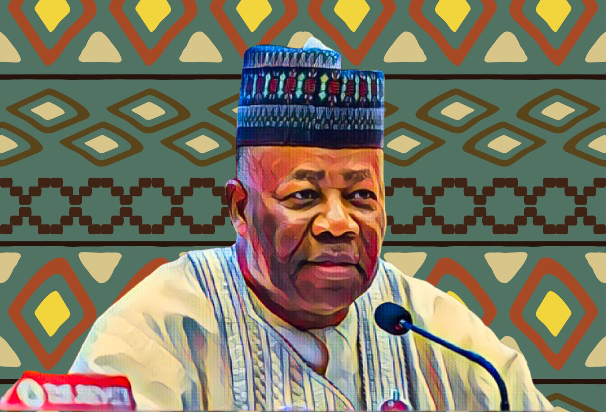KEY POINTS
-
Senate approves over $21 billion in foreign loans to fund Nigeria’s 2025 budget and strategic capital projects.
-
A $3 billion allocation will support reconstruction of the Eastern Rail Corridor, among other infrastructure priorities.
-
Lawmakers assure loans are concessional and spread over six years, but calls for greater transparency persist.
The Nigerian Senate on Tuesday approved President Bola Tinubu’s external borrowing plan totaling over $21 billion for the 2025–2026 budget, unlocking a major funding source for the full implementation of the 2025 Appropriation Act.
The approved borrowing package includes $21.19 billion in direct foreign loans, €4 billion, ¥15 billion, a $65 million grant, and domestic borrowing through government bonds totaling approximately ₦757 billion. Additionally, a provision was made to raise $2 billion through foreign-currency-denominated bonds in the domestic market.
“This borrowing plan is essential for the execution of capital projects and advancing national development goals,” said Senator Aliyu Wamako, Chairman of the Senate Committee on Local and Foreign Debt, who presented the report to the upper chamber.
Senators say loans will support infrastructure, agriculture, security, and digital growth
The loan request, originally submitted on May 27, was delayed due to the National Assembly recess and documentation gaps from the Debt Management Office. According to Senator Olamilekan Adeola, Chair of the Senate Committee on Appropriations, the loans had already been reflected in the Medium-Term Expenditure Framework (MTEF) and the 2025 national budget.
“The borrowing is embedded in the 2025 Appropriation Act. With this approval, we can now fully execute the budget as intended,” Adeola explained.
While the motion garnered wide Senate support, it also sparked debates around debt transparency and equitable resource allocation.
Senator Sani Musa clarified that the loan disbursement would be spread over six years, not solely in 2025, and assured colleagues that borrowing remained a globally accepted economic strategy.
“There’s no economy that grows without borrowing. What we are doing is in line with global best practices,” Musa stated.
Senator Adetokunbo Abiru, Chair of the Senate Committee on Banking, Insurance and Other Financial Institutions, emphasized the concessional nature of the loans, noting that they complied with the Fiscal Responsibility Act and Debt Management Act.
“These are long-term facilities, some stretching up to 35 years, strictly tied to projects in capital and human development,” he said.
However, Senator Abdul Ningi raised alarms over the lack of details available to the public, stating that Nigerians must be informed about how much is being borrowed in their name and for what exact purpose.
“Transparency must come first. Citizens have the right to know the implications of these loans on their economic future,” he said.
Key sectors earmarked for funding through the loan include infrastructure, agriculture, power, housing, security, and digital connectivity. Among the standout allocations is a $3 billion package dedicated to reviving the Eastern Rail Corridor, which runs from Port Harcourt to Maiduguri.
Senator Victor Umeh of Anambra Central lauded the development, calling it transformative. “This is the first time I’ve seen $3 billion devoted to rebuilding the eastern rail line. That alone justifies my full support,” he said.
Deputy Senate President Jibrin Barau praised the bipartisan effort behind the approval and noted that the loan plan reflected inclusivity across Nigeria’s geopolitical zones.
“This shows that the Renewed Hope Agenda is working. No region is left out,” Barau said.
In line with fiscal discipline, the Senate leadership stressed that all funds must be deployed exclusively for capital and development projects, monitored under strict compliance with public finance regulations.
The borrowing plan is expected to help bridge Nigeria’s fiscal deficit, support infrastructure upgrades, and stimulate job creation across multiple sectors. Yet, the rising debt profile continues to raise questions among civil society organizations and economic analysts about long-term sustainability.


